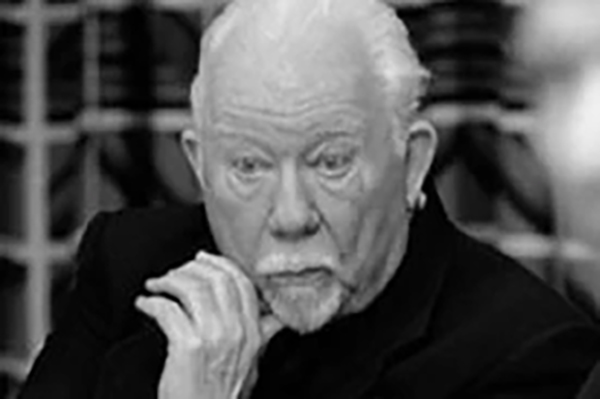The Mole of Vatican Council II: The True Story of “Xavier Rynne”, by Richard A. Zmuda (Acta Books, US$ 29.95; available online through Amazon.us)
Looking back the death of Pius XII, the election of Pope John XXIII, and the calling of the Vatican Council II were momentous events of the first order which still have their continuing effects to this day.
One would also add into this the Encyclical Mater and Magister (May 1961), a restatement of Catholic social teaching for a new era: the little yellow pamphlet was carried about in many school bags, and read with intense interest.
But it was the calling of an Ecumenical Council in January 1959 that was the most stunning moment.
The Council first met on October 11, 1962 and continued to December 1965. One way or another its discussions and decisions shaped the coming decades in a direct way.
What the general public learned about the Council’s inner working came not from Catholic journals, but, beginning in the issue of 20 October 1962, the New Yorker carried a column entitled “Letter from the Vatican City”, these were latter reissued in book form, and are still in print.
The author’s signature was a pen name for Fr Francis Xavier Murphy, a Redemptorist who was on the staff of a bishop attending the Council as a theological expert. His identity was unknown for many years, despite best guesses, until Fr Murphy revealed himself late in life.
Engaged
To issue in 1999 a new edition of the letters from the Vatican Murphy engaged writer and teacher Richard Zmuda as an editorial assistant. Zmuda thus has available to him the recollections of Fr Murphy (whose friendship he cherished, and to whom this book is dedicated), but was able to make use also of many other archives and sources.
This book is subtitled ‘an historical novel’. This might suggest to some readers that it might be akin to a work by say Hilary Mantel. For many readers, it was once said, an “historical novel was once described as “a modern story in fancy dress, projected onto the past”. This never applied to the best of such novels, of course. Nor does it apply to this book.
Zmuda has carefully documented his account of the activities of “Xavier Rynne”; so the book is more what the French once called a roman historique, an account of historical facts cast in literary rather than academic form.
He makes some concessions to the needs of fiction in describing the personal relations of Fr Murphy with two women friends in Rome — nothing salacious mind you — but everything else can be documented. In a few places his editor Gregory Pierce should have seen that the remarks about the Council of Trent and the emergence of the Protestant Churches could have been more clearly expressed.
But on the whole this is vivid and fast moving narrative, with some likeness to a Netflix movie perhaps, but most often to a well written long-form article in a superior magazine (such as the New Yorker indeed). To a younger generation of readers this book can be recommended as telling the story as faithfully as possible.
Seated in St Peter’s they were not prepared to accept the hyper-colonialist attitude of the Curia that “Rome”, that is to say Ottaviani in person, knew best”
The Roman Curia under the direction of Alfredo Cardinal Ottaviani is presented as the villain of the piece. The death of Pope John XXIII and the election of Pope John Paul I made little difference to the trend towards a new openness in the Church.
But the overwhelming free votes of the Council ran against the Curia, and shortly after the Council closed Cardinal Ottaviani resigned from his position.
Many of the assembled bishops came from countries that had already cast off their colonial overlords or were in the process doing so, transforming the social situation globally of the globe. Seated in St Peter’s they were not prepared to accept the hyper-colonialist attitude of the Curia that “Rome”, that is to say Ottaviani in person, knew best.
They and the societies they represented were determined to have their way. This is my opinion. Zmuda and Murphy do not express the matter this way; but to newly liberated peoples that was the way it seemed.
This book is a very singular and entertaining book. It will please those who want to know what happened at Vatican II, but have not the time or desire to wade through an academic treatment. This is the truth in tabloid form, and is more quickly absorbed. But the medication is just as effective.


 Peter Costello
Peter Costello The Redemptorist priest
Fr Francis Xavier Murphy,
the Irish-American writer
who “Xavier Rynne”
The Redemptorist priest
Fr Francis Xavier Murphy,
the Irish-American writer
who “Xavier Rynne”